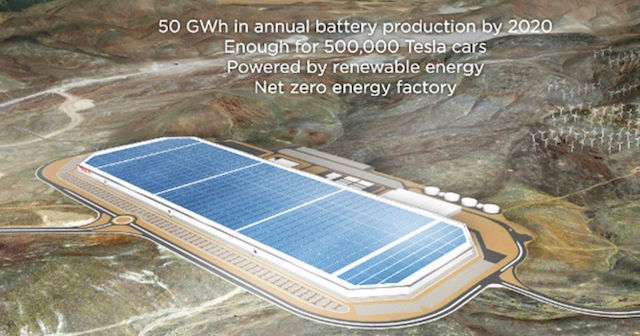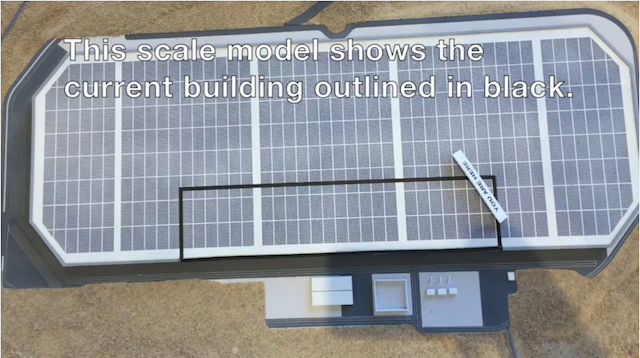
Electric carmaker Tesla is about to step up production of lithium-ion battery cells at its ‘Gigafactory 1’ in the US state of Nevada for use in its Model 3 cars and home energy products.
Tesla says the mid-sized Model 3 will go into production later this year and be available in New Zealand in 2018-19. The company has already opened its NZ order book for its current zero-emissions cars, the Model S sedan ($113,300-$217,000) and Model X SUV ($145,200-$224,500).
Battery cells for Tesla’s Powerwall 2 and Powerpack 2 energy products will be first off the production line. The solar storage system enables home owners to store energy during the day to use during peak hours at night, or in an emergency.
Model 3 cell production will follow around March/April and by 2018, says Tesla, the gigafactory will produce 35 gigawatt hours a year of lithium-ion battery cells, nearly as much as the rest of the entire world’s battery production combined.
The Gigafactory 1 – so named because Tesla says it will produce enough batteries each year to power 500,000 Model 3 cars – is being built in phases.
The phased approach will allow Tesla, its battery partner Panasonic Energy Corp, and other partners to immediately begin production inside the finished sections and then expand. The ultimate aim is to improve construction and operational techniques to drive down the cost of energy storage.
The Nevada site is near Reno and occupies 1215 hectares (3000 acres), three-and-a-half times the size of New York’s Central Park. Gigafactory 1 itself takes up 510,000 square metres, roughly the same area 70-odd rugby fields would cover.
The factory is less than 30 per cent complete and, once finished, says Tesla CEO Elon Musk, will cover between 1.3 and 1.5 million square metres. That’s 200-odd rugby fields.
The electric carmaker/energy company has said from the beginning that Gigafactory 1 would be a net-zero-energy production facility powered by renewables. On-site solar power generation would be around 70 megawatts.
Most of the factory’s electricity will be produced by the big solar farm on the roof using photovoltaic panels. This installation will be more than seven times larger than the world’s next largest rooftop solar farm.
Thanks in large part to this solar power system, Tesla says the GF1 won’t directly consume any fossil fuels. The factory will be able to store excess energy in Tesla’s own Powerpack batteries for use when the sun isn’t shining.
The factory will create all of the energy it needs. Solar panels will line the roof of the factory and additional panels will be placed on surrounding hilltops to capture more energy. The company will also use geothermal and wind power to meet energy demands.


